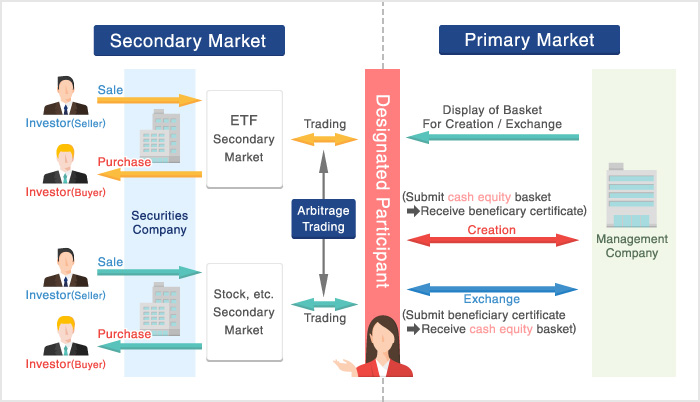Market News
Data & Statistics
Listed Companies
Equities, Debt, Funds
Derivatives
Rules & Trading Participants
Systems
Self-Regulation
Clearing & Settlement
![]() Close
Close
Market News
Data & Statistics
Listed Companies
- Company Announcement Service
- Listed Company Search
- Corporate Governance Information Search
- Number of Listed Companies/Shares
- New Listings/ Transfers/ Delistings
- Market Alerts
- Measures against Listed Companies
- Other Information
- Earnings Announcements/ Annual General Shareholders Meetings
- Introduction of Listed Companies
Equities, Debt, Funds
Derivatives
Rules & Trading Participants
Systems
Self-Regulation
Clearing & Settlement
- For Individual Investors
- For Listed Companies
- For Prospective Issuers
- For Trading Participants
- For Institutional Investors
- For Media
Recommended Contents
- TSE Daily Report
- Daily Report
- Equities Market Summary
- Stock Price Index - Real Time Values
- Daily Publication, etc., Concerning Margin Trading
- Regulatory Measures, etc., Concerning Margin Trading
- Short Selling Value
- Special Quotations
- JPX Monthly Headlines
Our Markets
Featured Products
- Stocks (Domestic)
- ETFs
- REITs
- TOKYO PRO Market
- TOKYO PRO-BOND Market
- Nikkei 225 Futures (Large Contracts)
- TOPIX Futures (Large Contracts)
- 3-Month TONA Futures
- Nikkei 225 mini Options
- Gold Standard Futures
- Platts Dubai Crude Oil Futures
External Links
Equities, Debt, Funds
Products
ETFs
Overview (ETFs)
Explanation of Indices/Indicators
Actively Managed ETFs
Risks
Listed Issues - ETFs
Listed Issues - Leveraged and Inverse Products
Information on Base Values
Indicative NAV/PCF
Trading
Delisted Issues
Monthly Report, etc.
ETF Management Companies
Guidelines for Listing
For Large Investors
Market Making Incentive Scheme
Statistics of ETF Quoting & Trading
Japan-China ETF Connectivity
RFQ Platform
![]() Close
Close



